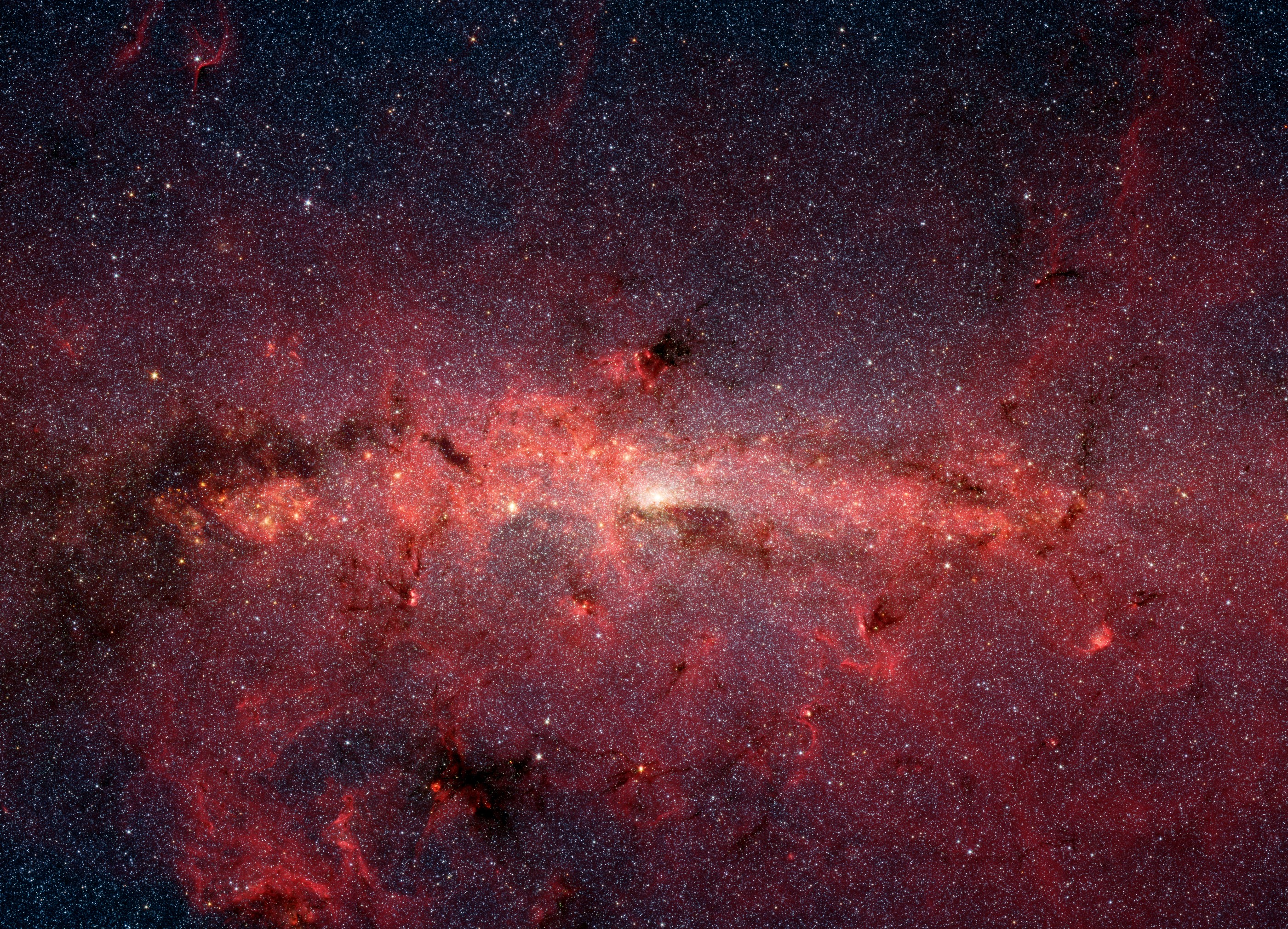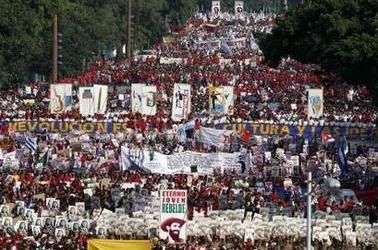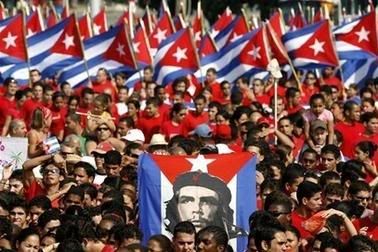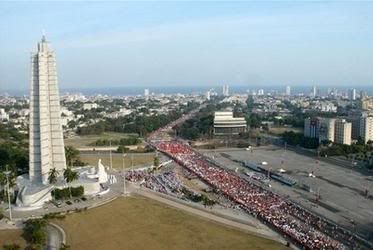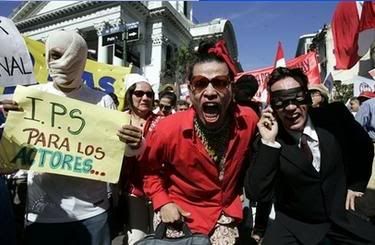Post photographs.
- Thread starter 2-0-Sixx
- Start date
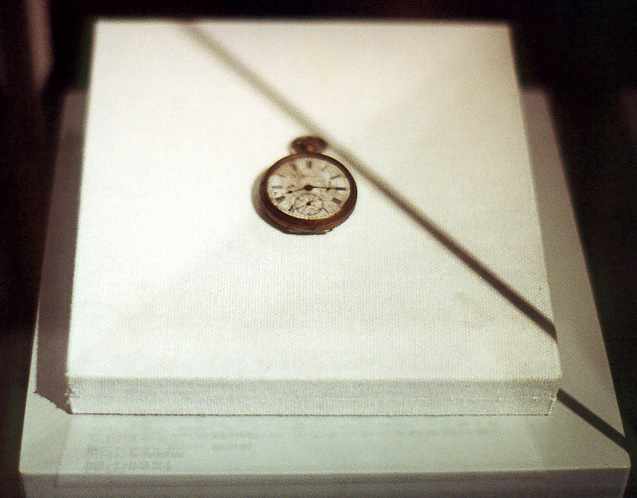
Hiroshima. All the watches found in the ground zero were stopped at 8:15 am, the time of the explosion.
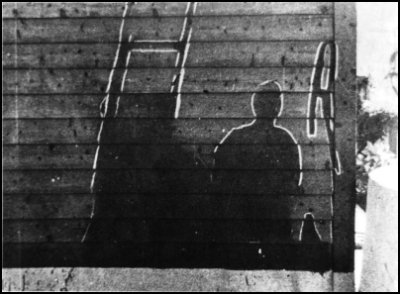
Within a certain distance from the site of explosion, the heat was so intense that practically everything was vaporised. The shadows of the parapets were imprinted on the road surface of the Yorozuyo Bridge, 1/2 of a mile south-southwest of the hypocenter. Besides, in Hiroshima, all that was left of some humans, sitting on stone benches near the centre of explosion, was their outlines.

The leaves of this Fatsia japonica threw a shadow on an electric pole near the Meiji Bridge. Photo: US Army

It is believed this person was sitting on the steps of the Sumitomo Bank, about 300 meters from where the bomb hit , waiting for it to open one fine morning. Suddenly, a flash, heat within seconds exceeds temperatures well over 1500 centigrade, and the person was incinerated instantly on those steps, leaving behind only his shadow.

This photograph shows the stone steps of a Bank where a person was incinerated by the heat rays.

This photograph shows an eyeball of an A-bomb victim who got an atomic bomb cataract. There is opacity near the center of the eyeball.

On August 6, 1945, 8.15 am, the uranium atom bomb exploded 580 metres above the city of Hiroshima with a blinding flash, creating a giant fireball and sending surface temperatures to 4,000C. Fierce heat rays and radiation burst out in every direction, unleashing a high pressure shockwave, vaporising tens of thousands of people and animals, melting buildings and streetcars, reducing a 400-year-old city to dust.

Housewives and children were incinerated instantly or paralysed in their daily routines, their internal organs boiled and their bones charred into brittle charcoal.

Beneath the center of the explosion, temperatures were hot enough to melt concrete and steel. Within seconds, 75,000 people had been killed or fatally injured with 65% of the casualties nine years of age and younger.
http://photos1.blogger.com/x/blogger/7114/258/1600/571187/bischof.jpg[/]img]
Radiation deaths were still occurring in large numbers in the following days. "For no apparent reason their health began to fail. They lost appetite. Their hair fell out. Bluish spots appeared on their bodies. And then bleeding began from the ears, nose and mouth".
[img]http://photos1.blogger.com/x/blogger/7114/258/1600/314463/13.jpg
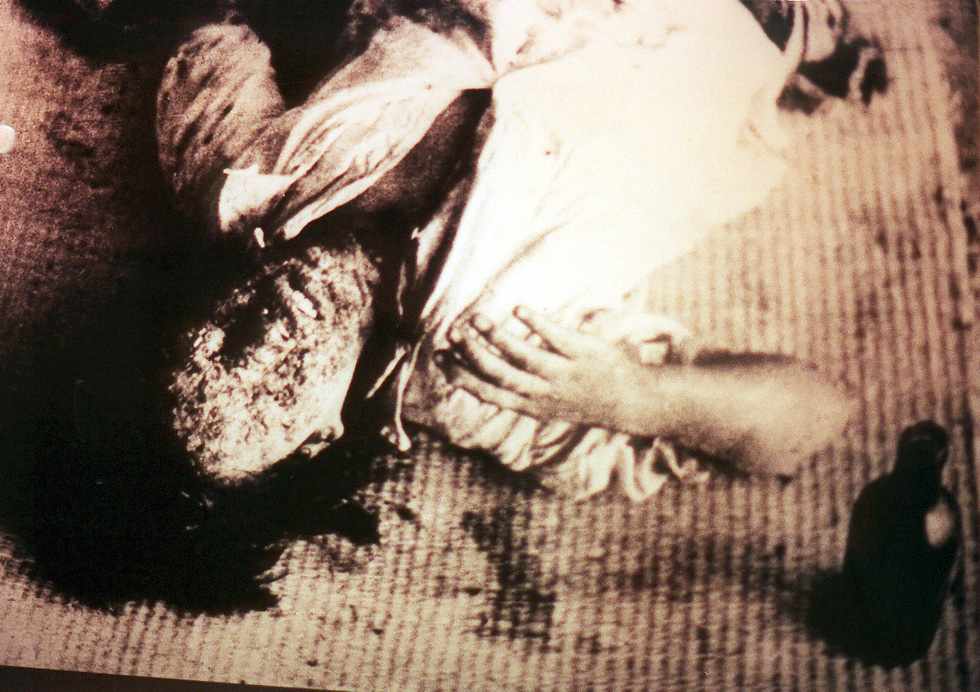

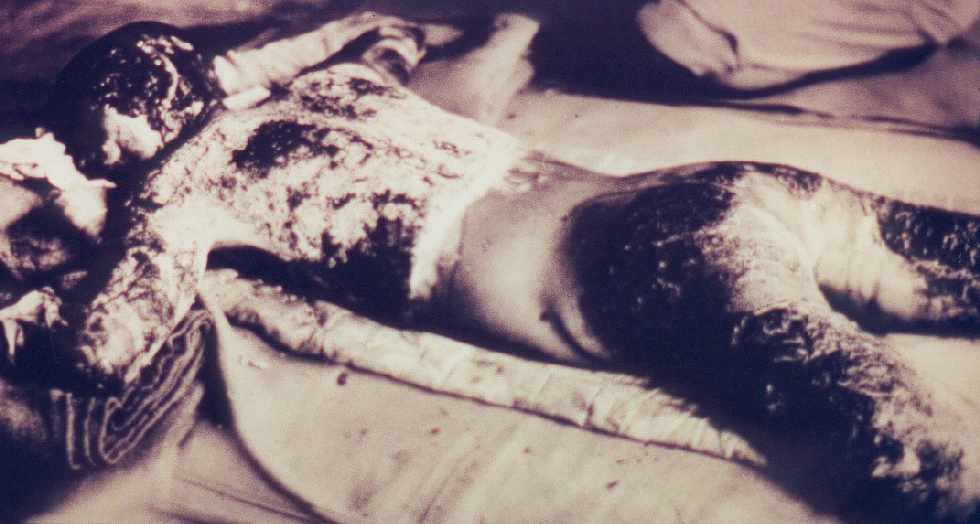


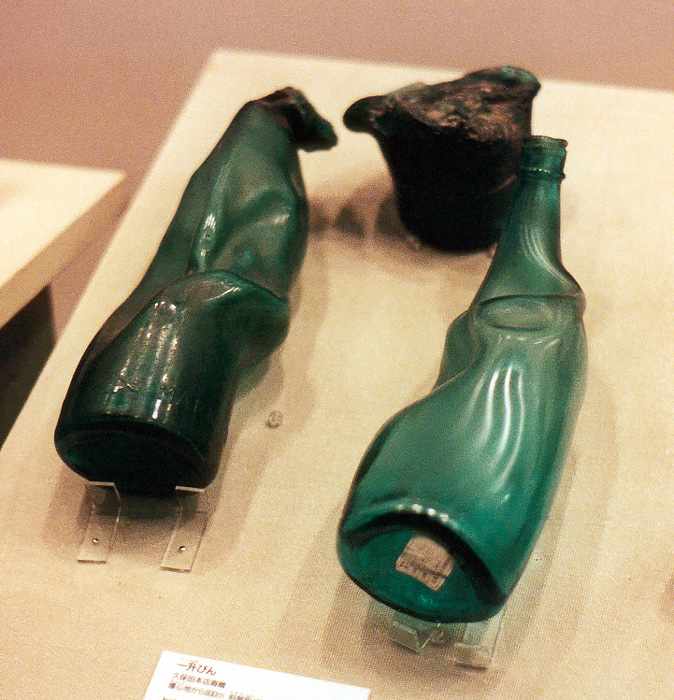
The heat of the blast, estimated at 3000 to 4000 degrees celcius (5500 to 7000 degrees fahrenheit) immediately below the explosion, was sufficient to melt glass bottles such as these, which were 900 meters away.
Freals? Damn, they show up on my computer.
Hit this link http://fogonazos.blogspot.com/2007/02/hiroshima-pictures-they-didnt-want-us_05.html
Most of the pics I posted were from this site. Make sure to check the "atomic bomb cataract" and the shadows of humans on buildings
Hit this link http://fogonazos.blogspot.com/2007/02/hiroshima-pictures-they-didnt-want-us_05.html
Most of the pics I posted were from this site. Make sure to check the "atomic bomb cataract" and the shadows of humans on buildings














